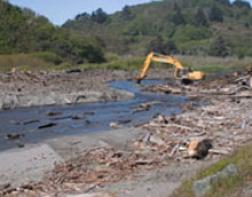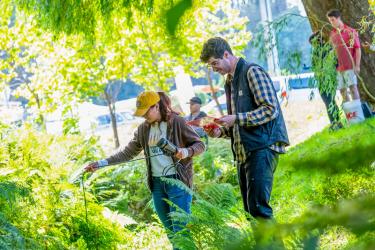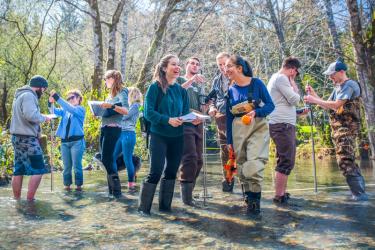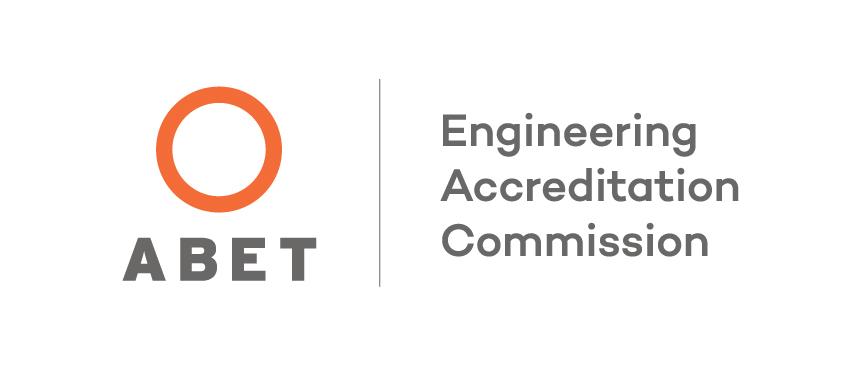Program Strengths
The discipline of environmental engineering was born out of public health concerns related to clean drinking water, outdoor air quality and the proper disposal of wastes.
How are we different?
In the Environmental Resources Engineering major we are taking the next step in the evolution of the discipline. We are expanding the definition of environmental engineering so our graduates can create solutions to complex environmental problems that sustain, restore and protect our natural resources.


ERE students look for big picture solutions to energy and restoration problems.
Some examples of this ethos in the ERE major are:
- Addressing global warming, perhaps the largest environmental challenge, requires developing and implementing sustainable energy solutions. Our curriculum examines renewable energy systems and their environmental consequences.
- Traditional environmental engineering problems such as the treatment of wastewater typically require high energy inputs. Looking at the broader environmental picture, ERE faculty pioneered the use of low energy-input treatment wetlands to treat wastewater.
- Restoration of river systems and wilderness areas often requires the removal of dams and roads. We engineer these removals so that sediment runoff is reduced and the rivers and forests can return quickly to health.
- Americans spend over 90% of our time indoors, and consume almost 50% of our nation's energy in buildings. Our program highlights how making our buildings tighter saves energy and also how to address the problem of indoor air pollution that results from more tightly sealed buildings.
The ERE program has three major strength areas integrated throughout the curriculum and are the focus of our faculty's research interests.
In addition, our faculty are leaders in investigating and applying innovative new methods of engineering education.
How to Apply
So environmental resources engineering sounds interesting, but you are still not sure if Humboldt is right for you? Explore what Humboldt has to offer to both freshman and transfer students.
Paperwork
For paperwork and forms such as major and minor contracts, course planning guides, semester schedules, course rotations, office hours and more, visit our forms page!








